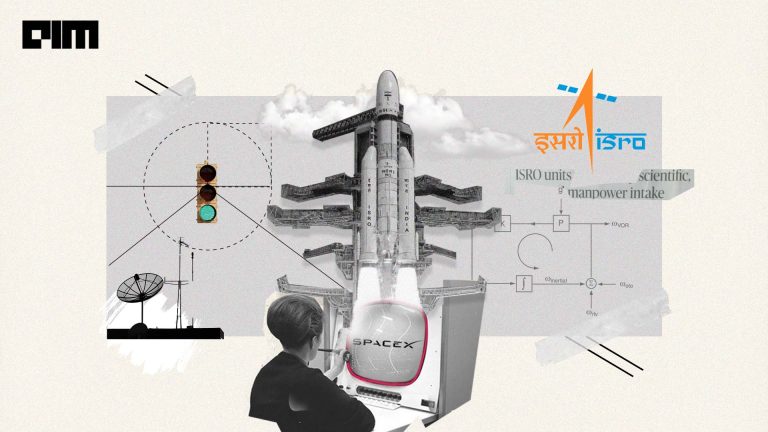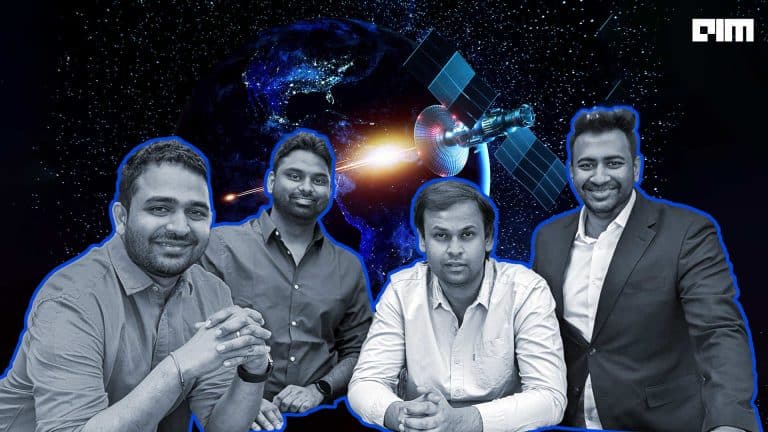ISRO has announced its plans for India’s first Human Spaceflight Programme by 2022. After the recent Government approval, ISRO has revived its decade-old roadmap for the project that it has been working for so long. After the successful launch of communication satellite GSAT-29 in November from Sriharikota, ISRO is now all set to send two unmanned missions before the actual human space mission in 2022 to better understand the atmospheric condition and surface of the moon.
The mission is in line with Prime Minister Narendra Modi’s vision of sending humans into space. “Our country has made great progress in space. But our scientists have a dream. By 2022, when it would be 75 years of Independence, an Indian — be it a man or a woman — will go to space with the tricolour flag in their hands,” Prime Minister Narendra Modi had said during a speech on Independence Day.
Reportedly, if India succeeds, it would be the fourth country to put a human in space using its own national space programme. Russia, the United States, and China are the only few countries that have so far launched such flights in the past.

What Is Indian Human Spaceflight Programme?
Indian Human Spaceflight Programme was established in 1962 and launched its first lunar probe a decade ago with the launch of Chandrayaan-1 in 2008. Officially, the first crewed human spaceflight is planned with a spacecraft called Gaganyaan for December 2021 on a homegrown GSLV-III rocket.
The Indian Human Spaceflight Programme was developed by ISRO to build the necessary technology required to launch crewed orbital spacecraft into low Earth orbit. The aim of the mission is majorly to land this spacecraft on the moon, make it travel at least 500 metres and beam high- definition video, images and data back to the earth.
ISRO has already developed most of the technologies for this flight and performed a Crew Module Atmospheric Re-entry Experiment and a Pad Abort Test for the mission. According to ISRO, the project will cost less than ₹10,000 crores. Only when the technology is ready for humans to use, ISRO will send a crew of three astronauts to orbit for five to seven days at an altitude of between 180 and 250 miles.
What You Should Know About ISRO’s Dream Project Gaganyaan –
- Gaganyaan is a fully autonomous 3.7-tonne spacecraft designed to carry a 3-member crew to orbit and safely return to the Earth after a mission duration of few orbits and up to seven days. The capsule is designed like Soyuz-shaped re-entry spacecraft. It is a service module which is powered by two liquid propellant engines.
- The crew module is infused within the inner periphery of the service module and combined together is called the orbital module. The service module would have a mass of about 3 tonnes, based on the payload capability of the GSLV-III booster.
- The space capsule also has life support and environmental control systems. It will be equipped with emergency escape and emergency mission abort that can be done at the first stage or second stage when the rocket burns
- The nose of the original version of the orbital vehicle is free for a docking mechanism, but primary entry is evidently through a side hatch that is secured by explosive bolts.
- About 16 minutes after lifting off from the Satish Dhawan Space Centre (SDSC), Sriharikota, the rocket has the capability to inject the spacecraft into an orbit 300–400 km above Earth.
- The extendable version of the spaceship will allow the flights up to nearly seven days along with the docking capability with space stations or with multiple orbital platforms.

Is India Ready For A Human Spaceflight?
- India’s heaviest rocket — the Geosynchronous Satellite Launch Vehicle Mark III or GSLV Mk-III which can be compared with the weight of 200 elephants or five jumbo jets will be used for the space flight. This 640-tonne, a 43-metre tall rocket was successfully launched in 2017.
- According to ISRO, this rocket can launch 10 tonnes of payload into low-Earth orbit- an altitude of 2,000km (1,200 miles) or less above the planet which is more than enough to send a crew into space.
- The trials for crewed space missions began in 2007 itself with the 600 kg Space Capsule Recovery Experiment which was launched using the PSLV rocket, and safely returned to earth 12 days later.
- On July 5, at Satish Dhawan Space Centre, Sriharikota, this Crew Module Atmospheric Re-entry Experiment and the Pad Abort Test were successfully conducted to see how fast and effectively the crew module could be released safely in the event of an emergency. It is the first test in a series of tests to qualify a crew escape system technology which enables India to develop heat-resistant materials, technology and procedures necessary for human space travel.
- Defence Food Research Laboratory has also worked on the space food for crewed spaceflight and has been conducting trials on G-suit for astronauts. Sure, Safety India Private Limited has built a prototype ‘Advanced Crew Escape Suit’ weighing 13kg based on ISRO’s requirements which have been tested and performance verified.
With all the success in these preliminary tests, the decisive push for the fructification of the Human Spaceflight Programme took place in 2017, and it was accepted and was officially announced by the Indian PM on 15 August 2018. ISRO has also set up a 140 acres facility in Bangalore for training Indian astronauts. The ₹1,000 crore centre will train the selected astronauts in rescue and recovery operations, operate in zero gravity environment, and monitoring of the radiation environment. It’s also planning to build a third launch pad at Sriharikota for crewed missions with extra facilities like entry into the crew capsule and an escape chute.
Here Are Some Other Interesting Facts About Gaganyaan –
- ISRO had signed a MoU with Institute of Aerospace Medicine to conduct preliminary research on psychological and physiological needs of crew members and development of further advanced training facilities.
- An Ahmedabad-based laboratory has already developed a space suit for the astronauts. The biggest challenge is to train the astronauts how to use the suit and to develop the necessary life support system to keep them alive in space.
- Indian scientists have also developed lightweight silicon tiles that can resist getting burnt and will be used to coat the outside of the space vehicle especially so that the spacecraft easily come back into the Earth’s atmosphere when it faces roasting temperatures of above 1,000C due to friction.
- In order to perfect the re-entry techniques, ISRO is also carrying out three more flights of Space Recovery Capsules (SRE) and few uncrewed flights of the Gaganyaan spacecraft before the official launch.
- While many technological elements to put together a crewed flight are already available, ISRO is developing many new technologies to ensure much more reliable and safe life-support and escape system for the crew by conducting multiple tests and trials.


















































































